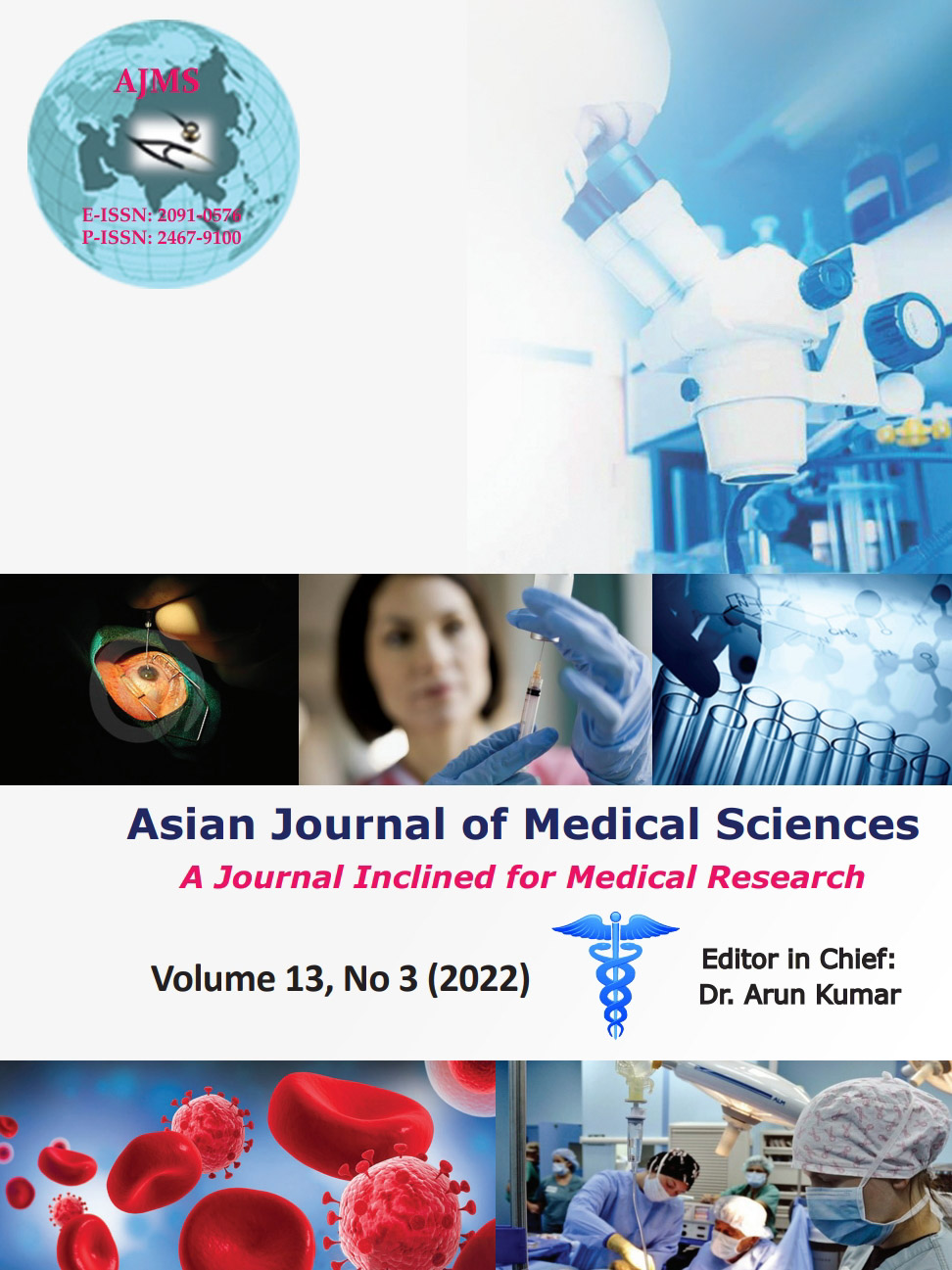Intracranial germ-cell tumor with synchronous lesions in the pineal and suprasellar regions: A rare case of hypopituitarism
Keywords:
Hypopituitarism, Intracranial germinoma, Digital epidemiologyAbstract
Germinomas represent the most frequent tumor type in the pineal region and the synchronous involvement in the suprasellar region, known as bifocal disease, is increasingly recognized. Synchronous primary intracranial germ cell tumors are rare. Among all germ cell tumors, only 5–10% are found as synchronous lesions in pineal and suprasellar regions. They are also known by the entity “double mid-line atypical teratoma.” An adolescent male with phenotypic features of delayed puberty presents with features of hypopituitarism and raised intracranial tension. He was subsequently treated with hormonal replacement and diagnosed as a case of bifocal intracranial germinoma. Interestingly, he was lacking features of diabetes insipidus, which is a conspicuous feature in other reported cases. He was treated further with ventricular shunting followed by cranio spinal irradiation. The complex nature of endocrinological manifestations in bifocal intracranial germinoma will enriches our knowledge toward a potentially curable neuroendocrinological situation.
Downloads
Downloads
Published
How to Cite
Issue
Section
License
Copyright (c) 2022 Asian Journal of Medical Sciences

This work is licensed under a Creative Commons Attribution-NonCommercial 4.0 International License.
Authors who publish with this journal agree to the following terms:
- The journal holds copyright and publishes the work under a Creative Commons CC-BY-NC license that permits use, distribution and reprduction in any medium, provided the original work is properly cited and is not used for commercial purposes. The journal should be recognised as the original publisher of this work.
- Authors are able to enter into separate, additional contractual arrangements for the non-exclusive distribution of the journal's published version of the work (e.g., post it to an institutional repository or publish it in a book), with an acknowledgement of its initial publication in this journal.
- Authors are permitted and encouraged to post their work online (e.g., in institutional repositories or on their website) prior to and during the submission process, as it can lead to productive exchanges, as well as earlier and greater citation of published work (See The Effect of Open Access).




